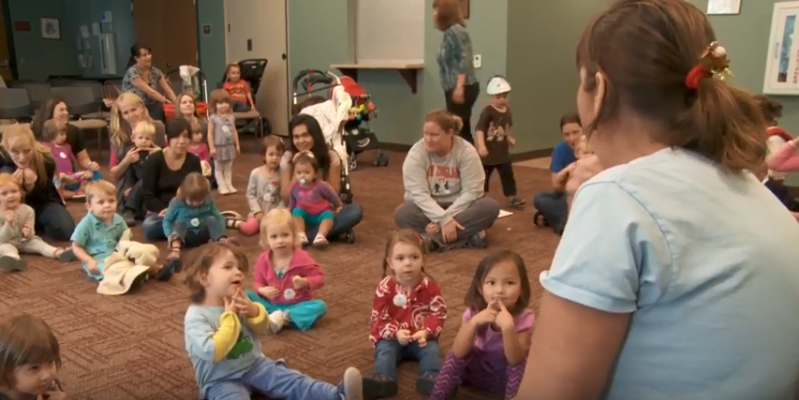ORLANDO, Fla. (Ivanhoe Newswire) — Babies typically start to make eye contact with their loved ones between about six and eight weeks of age. Now, a new study shows this small milestone might have big implications for how adults and babies communicate with each other.
Singing, cuddling, and playing: they’re all good ways to bond with a baby. However, a new study shows the most important part of communication may be how you look at each other. Researchers conducted two different experiments to determine if eye gaze mattered when an adult sang to an infant. They used EEG to measure brain activity and found when adults and babies looked directly at each other, their brain waves would sync up more than when the adult avoided eye contact. The babies also tried to communicate more often when adults made eye contact – implying that this small gesture could help develop social skills.
Experts say you can encourage eye contact early on. Try holding your baby during social interactions. You can also try to incorporate eye contact exercises during feedings, baths, diaper changes, or while singing to your baby. Remember: all babies are different and some will play along more than others. This simple activity may bring you closer to your little one!
If you’re concerned about your baby’s ability to make eye contact, talk to your pediatrician. It may be nothing to worry about, but in some cases, vision problems or autism can be the culprit.
Contributors to this news report include: Cyndy McGrath, Supervising Producer; Julie Marks, Field Producer; Milvionne Chery, News Producer; Roque Correa, Editor.
Produced by Child Trends News Service in partnership with Ivanhoe Broadcast News and funded by a grant from the National Science Foundation.

